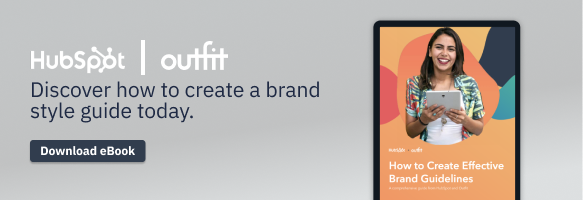One simple tip that will help just about every marketing team save time, reduce costs and free up production and marketing resources for important projects is to take a strategic approach to the aspect ratio of your creative assets.
What are aspect ratios? For the uninitiated, the aspect ratio refers to the dimensions of the format for which your asset is being created.
It is usually expressed by referring to the width and height of the rectangle within which the format best fits, expressed as a mathematical ratio (width:height) and reduced to the simplest numbers — often the height measurement is expressed as ‘1’.
Simply put, every format can be expressed as a proportional relationship of width to height.
Taking into account the aspect ratios of the formats for which you’re creating marketing assets before the design work begins can save your team countless hours spent re-sizing, re-working and reproducing assets for different formats down the track.
Common aspect ratios
While it may seem as though the aspect ratios for different marketing channels are somewhat random in nature, many observe the same ratios from format to format.
In print photography, 3:2 (1.5:1) is a common aspect ratio and it’s also used for a range of other printed assets including postcards and business cards.
Modern television screens observe widescreen aspect ratios of 16:9 (1.77:1) or 5:3 (1.66:1).
Computer screens also approximately adhere to the 16:9 aspect ratio, and it is also a common aspect ratio for online video players.
How aspect ratios change over time
The most common aspect ratios in use change over time, particularly in these days of rapidly developing digital and social media formats, and can be heavily influenced by the popularity of particular channels.
For example, film aspect ratios were traditionally widescreen in nature as cinema screens are often 1.85:1 but old-style television screens favoured a boxer format with an aspect ratio of 4:3 (1.33:1).
Images produced for Instagram, however, are square and so need to have an aspect ratio of 1:1 — which is a size that is often also used for online images.
Meanwhile, mobile video formats — think TikTok — now often feature vertical formats such as the standard smartphone aspect ratio of 9:16, although 1:1 can also be used.
How will your content be consumed?
When thinking about the formats and required aspect ratios your creative assets should observe, it’s important to think about how your content will be consumed.
For example, if your videos are primarily viewed on mobile phones, consider an aspect ratio of 9:16 or 1:1.
But if your content is also viewed on television and online, 16:9 may be preferable.
Standardising your aspect ratios
Many marketing projects feature multiple versions of a single design, tailored for a range of different formats.
Opting for widely used aspect ratios up front will mean you won’t need to spend creative production time re-editing or re-cropping your assets for different formats or devices.
Following are the recommended aspect ratios for Facebook formats alone.
|
Facebook Format |
Aspect ratio |
|
Feed image |
1.91:1 to 1:1 (with link) 1.91:1 to 4:5 (no link) |
|
Feed video |
9:16 to 16:9 (vertical videos may be masked to 4:5) |
|
Carousel |
1:1 |
|
Stories Ads image |
9:16 |
|
Stories Ads video |
9:16 |
|
Right Column Ads |
16:9 to 1:1 |
|
Audience Network Native image |
16:9 to 9:16 |
|
Audience Network Native video |
9:16 (recommended) to 16:9 |
|
Instant Articles Ads image |
9:16 to 16:9 |
|
Instant Articles Ads video |
9:16 to 16:9 (vertical videos may be masked to 4:5) |
|
Marketplace Ads |
9:16 to 16:9 |
|
Messenger Inbox Ads |
16:9 to 1:1 |
|
Sponsored message |
1.91:1 |
Looking at some of these formats, you can see that using a common aspect ratio makes it easy to move a creative asset from format to format and project to project.
For example, videos cropped to the 16:9 ratio will play seamlessly on TV screen, computers and horizontally on mobile screens.
And knowing the aspect ratios for which you’re designing before images are selected can help you avoid selecting images that can’t be suitably cropped for your desired formats, reducing the need for significant amounts of re-work down the track.
As every designer knows, lots of time is typically spent recreating and editing designs for different formats. There are big time-savings for any brand in reducing, shortening and automating this process.
Building a responsive brand system
Taking a strategic approach to aspect ratios also provides a great foundation for a responsive brand system.
If you are working within a common aspect ratio, or creating assets that incorporate elements that observe common aspect ratios, reproducing those designs for new formats will be quick and easy.
It will also be easy to reproduce those designs for different formats using responsive templates that automate the editing and re-design process — potentially slashing the time it takes to build out a full campaign from days or weeks to minutes.
To understand more about using aspect ratios for your brand be sure to download this free ebook we produced with HubSpot: How to create effective brand guidelines!
